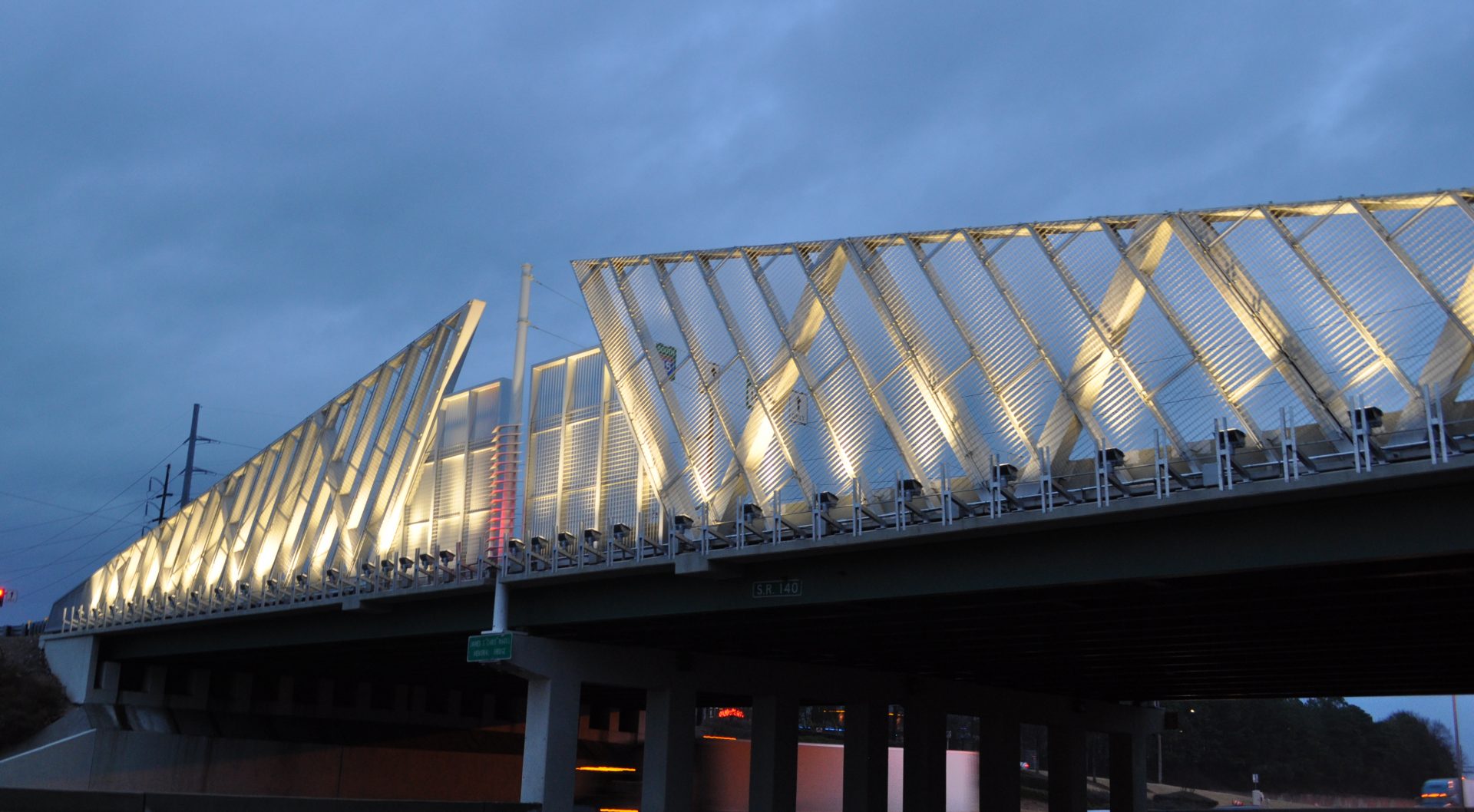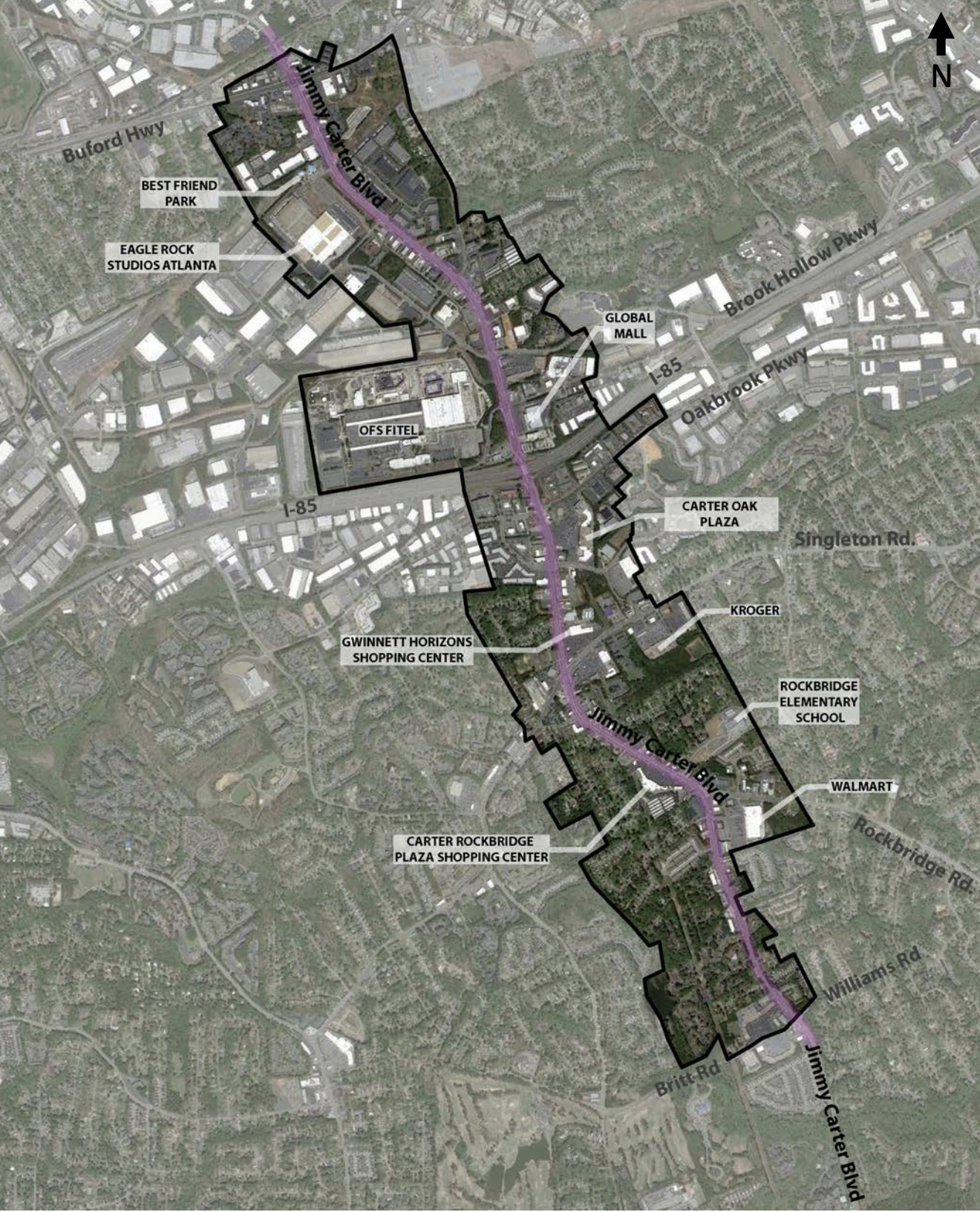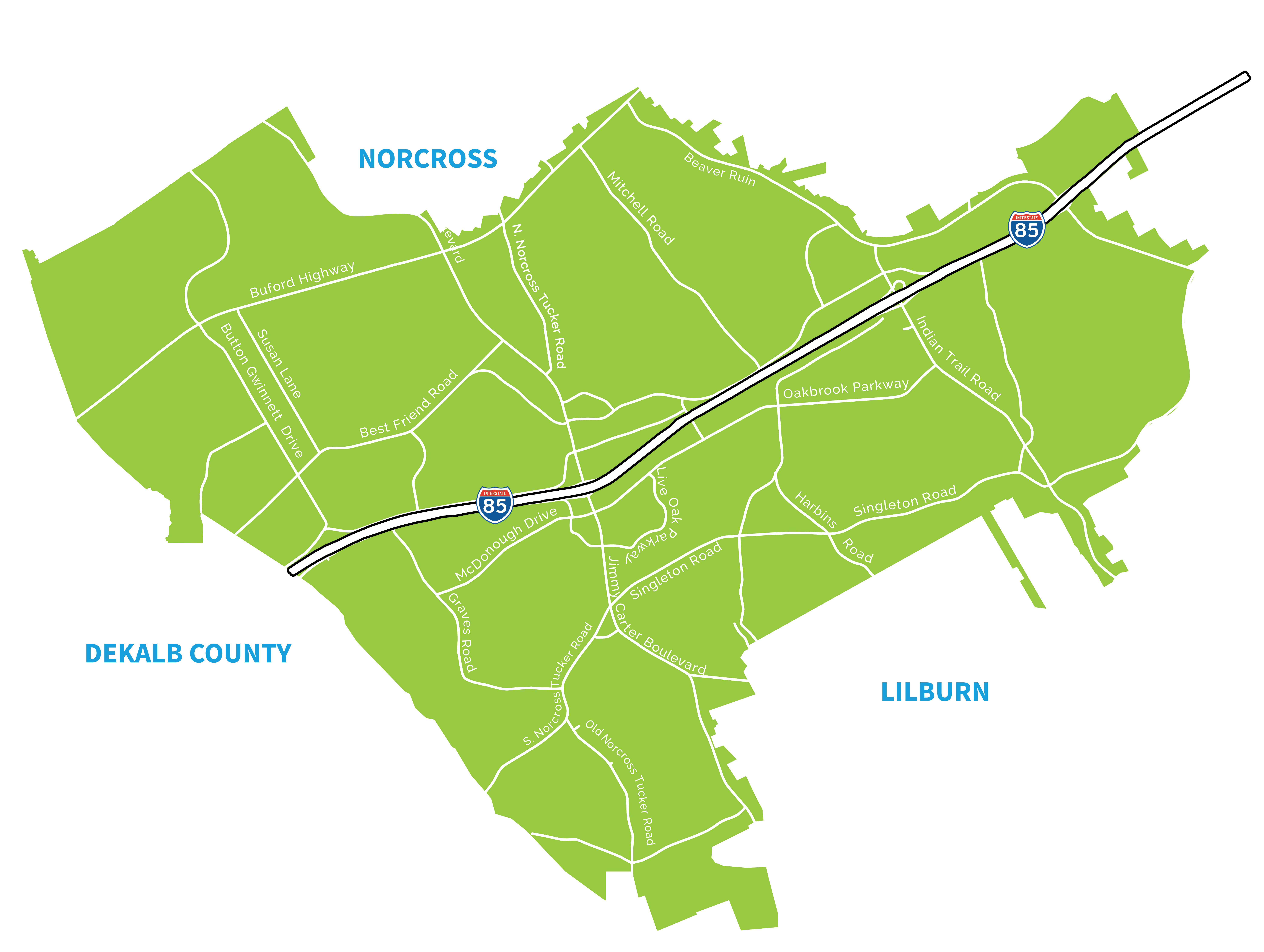The Impact of COVID and Technology on Real Estate Development’s Future
By Emory Morsberger, executive director, Gateway85 CID
The Council for Quality Growth, an organization that works on behalf of the development industry to ensure that metro Atlanta thrives, recently held an event called “Innovate or Die – How Technology is Disrupting the Development Industry”.
The multiple keynote speakers and panelists from world-renowned organizations gave attendees insight into the impact of the pandemic, new technology, and forecasts into what the future holds for Atlanta’s growth and survival.
I believe there were three main takeaways from the event.
Home is Central
Over the past year and a half, our homes have become everything. They are no longer just where people sleep and eat, but where they work, receive and ship packages, workout, create gourmet meals, watch blockbuster movies and more.
According to Ali Wolf, chief economist with Zonda, a housing data specialty company, Covid-19 had a surprising impact on housing for millennials, accelerating the decision to purchase a home – compressing the time frame from five years to a few months. In addition, it drove homeowners to repurpose rooms into offices and larger kitchens and motivated developers to include specifically designed offices in new homes.
If buying wasn’t an option for people, the rise of single-family rentals became wildly popular — providing more room than a standard apartment and often a yard, but none of the burden of a mortgage and taxes.
Finally, remote work also has allowed people to move from expensive urban areas to more affordable suburban locales – be it in metro Atlanta or Boise, Idaho. People are choosing to live where they want, not necessarily where their job is located.
Work From Home is Declining, But…
T. Dallas Smith, president and CEO of T. Dallas Smith & Co. noted that after a year many people don’t want to live at work or work from home. While statistics are showing that “work from home” has been on the decline, the Covid-19 Delta variant may delay a return to the office for many. The key to success for retaining current employees and attracting new talent is work schedule flexibility. Most employees will no longer consider commuting five days a week, which will impact site selection and development patterns. In fact, Julie Seitz, client strategy director at Gensler, noted that a hub-and-spoke model will likely help companies retain employees by providing a headquarters hub that can be visited two or three times a week, and a satellite office located much closer to the employee’s home. The stats back it up. According to Zonda, 33% of people do not want to commute any farther than 11 to 30 minutes to reach their work destination (22% don’t plan to ever return to an office and 11% want a one-to-10-minute commute).
Gateway85 Community Improvement District is perfectly located for large companies looking to create spoke or satellite offices, as the district sits at the juncture of I-285 and I-85 making it easily accessible for workers who live nearby but may need to head to midtown or Buckhead for a meeting at headquarters.
Keynote and panel moderator Greg Lindsay, director of applied research for New Cities, highlighted a new company called Liquid Space, which is like an Airbnb for commercial office space and perfect for a remote or partially remote workforce. In addition, he mentioned that new technology is available to commercial property owners to help them cater to the user (employees in the building) from a service perspective – providing concierge-level service – be it for HVAC issues to local restaurant delivery – at a much more affordable price than paying an actual concierge or property management firm.
The Rise of the 15-Minute City
From medical centers and chef-driven restaurants locating in retail strip centers to satellite offices for large corporations and university campuses, experts predict the rise of the 15-minute city – a less-trafficked space where people work and have their needs met all within a 15-minute drive. What is missing in Atlanta? More transit options to connect us all.
MARTA was built around the 9 a.m. to 5 p.m. commuter. Off-peak hour services are not as readily available. Transit must re-orient itself to all day travel patterns and make policy and infrastructure changes to accommodate for services like Blaise and Vin that provide on-demand bus service, mini-bikes and scooters, electrical vehicles and employees who want to bike to work and stow their bike safely in a parking deck, for example.
What is the bottom line? Real estate developers can no longer simply pack as many people into cubicles as possible and be done. They must be much more strategic, focus on the experience of the employees who will be in their buildings and campuses and provide the ability for human connections using better technology.
Council for Quality Growth works on behalf of the development industry to ensure that metro Atlanta thrives and has posted a video of the event here if you’d like to watch
Interested in learning more about what Gateway85 CID has to offer? Contact Emory Morsberger at emory@gateway85.com.



